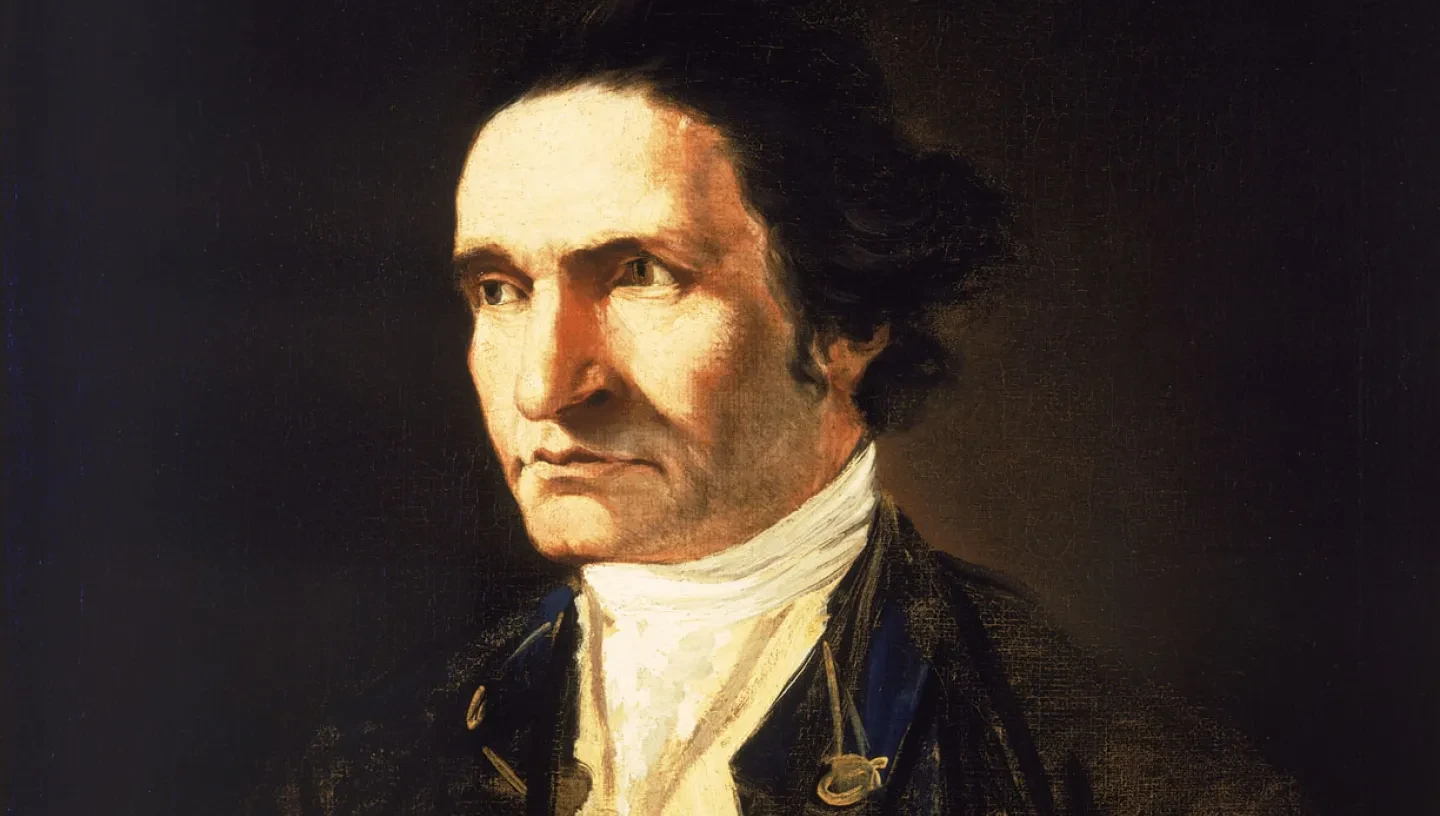
James Cook North-West Passage expedition 1776–78
Captain James Cook came out of retirement to look for the North-West Passage in 1776. It was to be his last expedition and he never returned home.
Captain James Cook is one of the most celebrated navigators and explorers in British history. By 1775 he had retired but was lured back to sea by the possibility of discovering the North-West Passage – the seaway across the Arctic, linking the Atlantic and Pacific oceans.
Cook’s journey was, in many ways, one of the greatest journeys of exploration ever made. During it he discovered the Hawaiian Islands and charted swathes of the North American Pacific coastline, but the North-West Passage was not to be found and Cook himself would never see England again.
Exploration from the west coast
Before 1776, all the explorers searching for the North-West Passage had been attempting to find it from the Atlantic (east) coast. Cook’s plan was to find it from the Pacific (west) coast. Explorer Samuel Hearne’s overland journey from Hudson Bay to the Arctic and back in 1770–72 had established that a passage could not lie through the North American continent, but it might lie around it. Added to that, the publication of a Russian map by Jacob von Stählin showed Alaska as an island, with a wide strait between it and America, through which ships could sail north.
No strait to be found
Hoping to find the strait shown on the Russian map, Cook, along with Captain Charles Clerke, took the ships Discovery and Resolution up the Pacific coast of North America. But the strait could not be found. In his journal Cook wondered what could have made von Stählin publish such an inaccurate map. He wrote: ‘Indeed, it is a map to which the most illiterate of his illiterate seafaring countrymen would have been ashamed to set his name.’
Cook's death
The expedition carried the ships round the Alaskan peninsula and through the Bering Strait where they turned east, the crew optimistic they would sail from here to the Atlantic. It was not to be. In mid-August they were halted by impenetrable ice and were forced to turn back. By October, they had reached Hawaii where Cook was killed on 14 February 1779.
Captain Clerke took command of the Discovery and Resolution and returned to the Arctic to continue the search for the passage. He too would never see England again: he died of consumption (tuberculosis) and was buried at Vladivostock, Siberia. Lieutenant John Gore finally brought the ships home.
George Vancouver's voyage, 1791–95
One of the men on Cook’s final voyage, George Vancouver, would lead later attempts to find the North-West Passage, approaching from the Pacific. On a voyage lasting from 1791 to 1795, Vancouver surveyed many channels and inlets on the west coast of today’s Canada. Finding no navigable waterways he was forced to conclude that if any passage did exist it must be much further north. If it were, he considered it would be impossible to pass through owing to the polar ice.
Find out more about: